Alibaba has introduced a new e-commerce model: “Sell It Before You Make It.”
By combining AI-generated product images with on-demand manufacturing, this approach slashes inventory risk while enabling customized product offerings. And the concept isn’t just for tech giants—it holds exciting potential for small-batch goods, promotional items, and personal brands.
1. Today’s Highlight (News Summary)
- Source: [arXiv]
- Summary:
Alibaba’s model leverages AI-Generated Items (AIGI) by creating product visuals from text prompts. Once a threshold of pre-orders is met, production begins—enabling personalized offerings with zero inventory burden. Advanced algorithms even tailor designs to group-level preferences.
Key Takeaways:
- AI generates product images from text prompts
- On-demand production begins only after a set number of orders
- Group-based personalization algorithms optimize appeal
→ This model is redefining how we create, market, and shop.
2. Perspectives from All Sides
🎨 For Creators (Designers & Product Planners)
AI handles the initial design phase, freeing creators to focus on storytelling and iteration. User feedback can be rapidly reflected in prototypes without material waste.
🏢 For Sellers (Marketing, Sales, Retail)
Merchandise can be launched with minimal risk. AI visuals can support fast-paced campaigns and social testing, allowing for quicker product-market fit.
👥 For Buyers (Users & Customers)
Buyers enjoy the fun of selecting products aligned with their preferences. Made-to-order production adds a layer of exclusivity, enhancing emotional value.
3. Could You Do This Too?
Here’s how a solo creator or small team could replicate the approach:
- Use ChatGPT to generate product concepts and catchy taglines
- Create product mockups with Midjourney or Adobe Firefly
- Use Canva to design promotional assets and launch test campaigns on social media
- When pre-orders hit your target, place the order with your OEM partner
→ What once required crowdfunding can now be done faster—with just the right tools.
4. Editor’s Note
We’re witnessing a fundamental shift: from “make then sell” to “sell then make.”
This inversion not only reduces waste, but aligns with sustainability goals.
For individuals, using Firefly to mock up products before even prototyping is now feasible—but it raises new ethical questions about how consumers perceive what’s “real.”
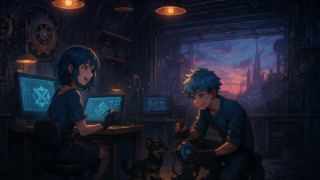
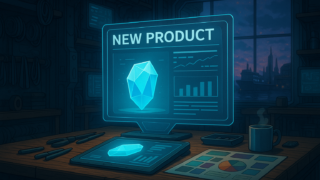
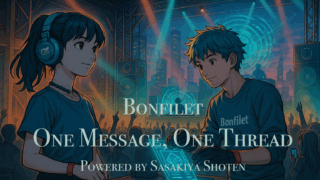
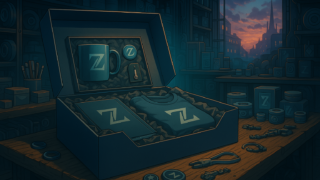
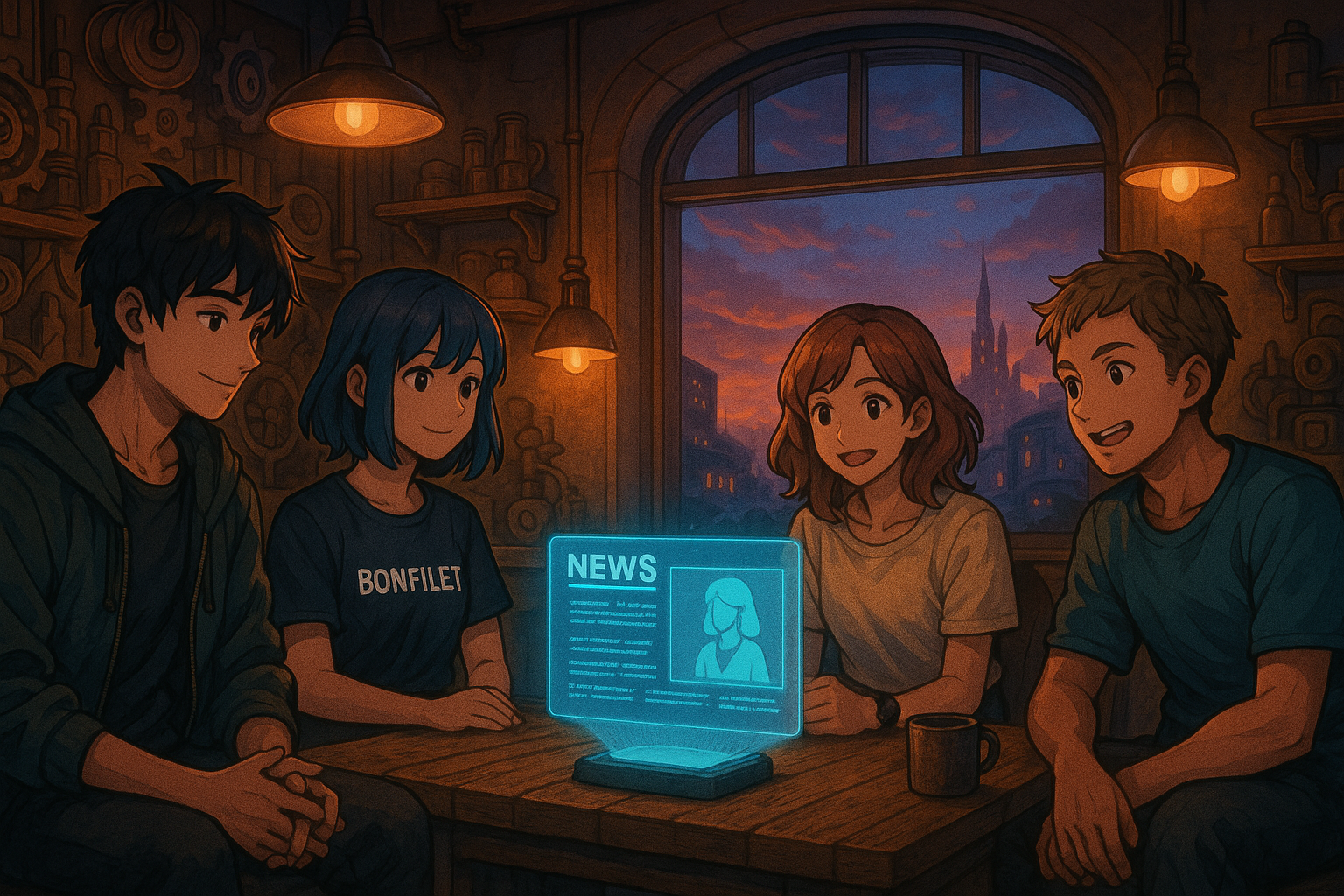


Comment